Choosing the Best Circular Saw
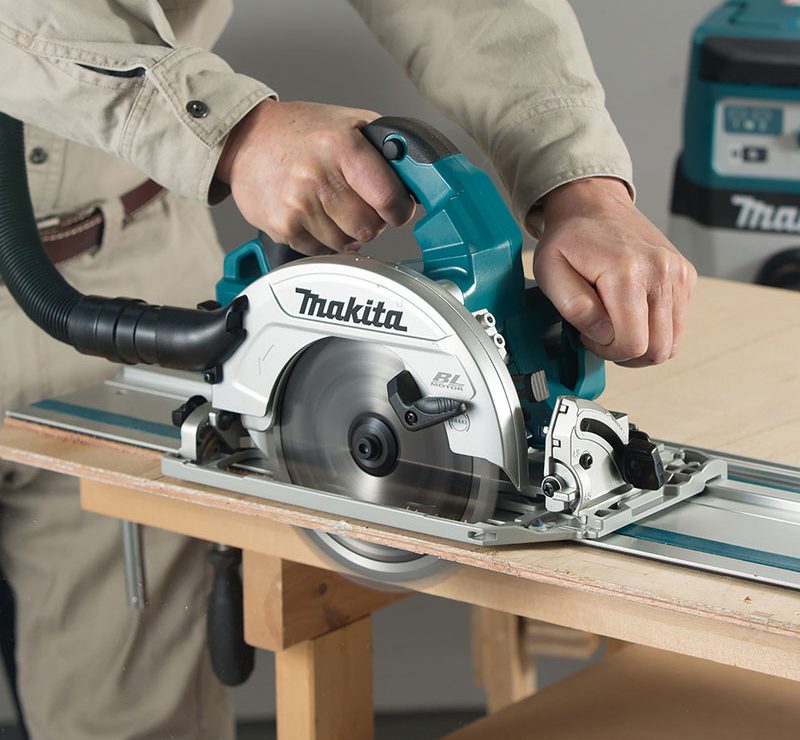
What To Look for in a Circular Saw
Whether you’re working in the construction industry, learning a trade, renovating your home or embarking on a woodworking project, the ablility to cut accurate straight lines is going to be one of the most essential skills you can master. The good news is that these days its not very difficult to master at all – thanks to the circular saw. These handy power tools will have you ripping and cross cutting through timber and sheet goods with unparalleled speed and efficiency in next to no time, and there’s no doubt that a good circular saw will be a useful addition to any tool kit – but what should you look for when choosing one?
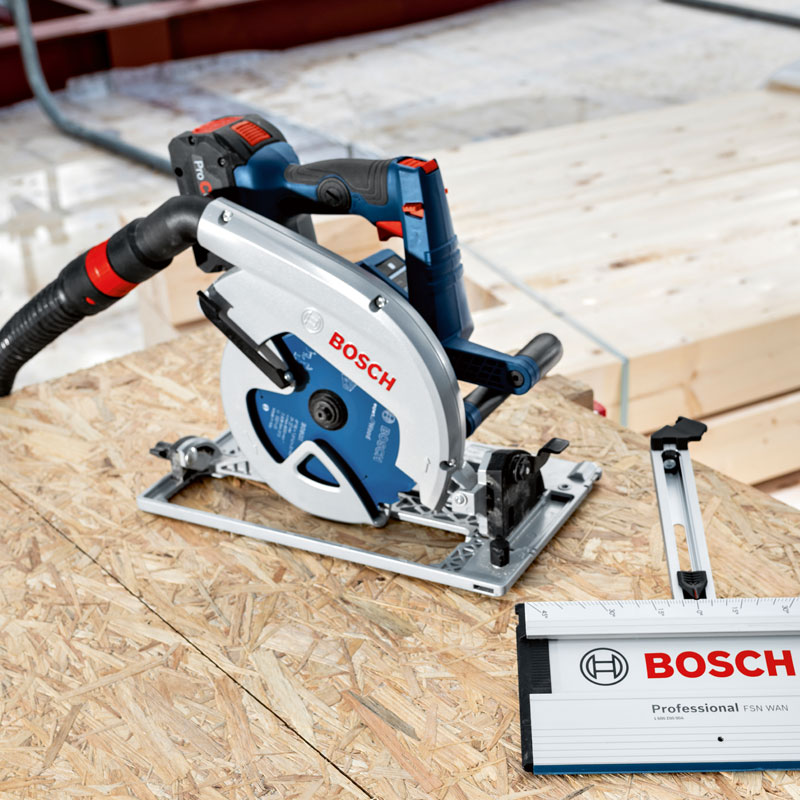
DIY or Professional?
You’ll find that just about any circular saw you’re looking at will either have a warranty that covers professional (and domestic) use, in which case it would be classed as a “professional” machine, or will be designed for domestic use only (“DIY”). As you would expect, the domestic grade machines tend to be a lot cheaper, and if you’re just going to be using them around the home they should be absolutely fine. However, they’re not intended to cope with heavy workloads 5 days a week and for any kind of commercial or industrial use you’ll probably be looking at something in the professional class. DIY brands of circular saw we stock here at Tooled-Up include Black & Decker, Bosch Green, Einhell and Ozito, while professional brands include Bosch Blue, DeWalt, Festool and Makita.
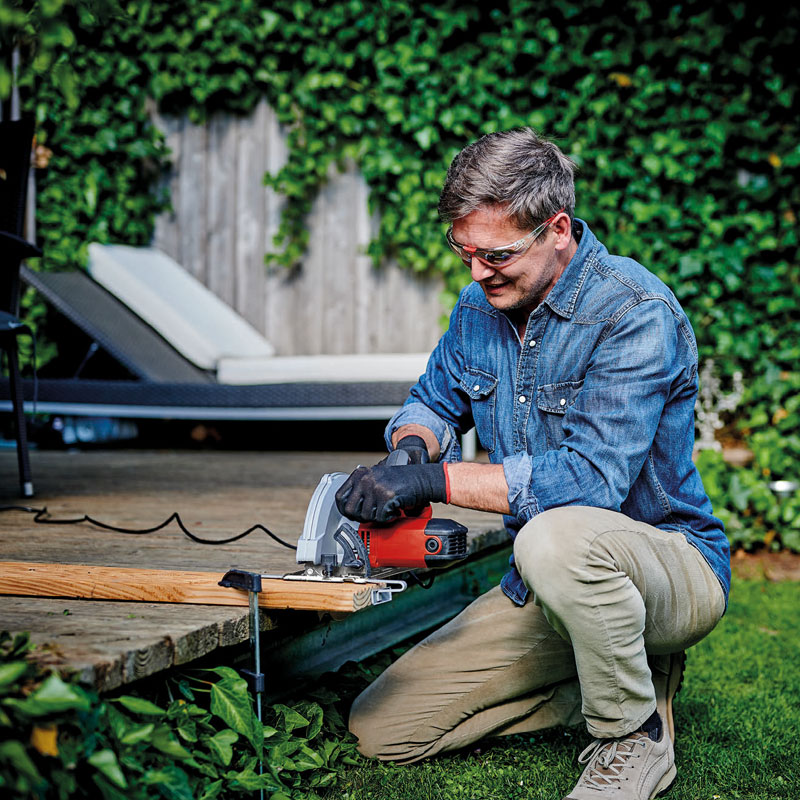
Corded or Cordless?
As with most handheld power tools, you’ll probably be presented with a wide choice of corded or cordless (battery powered) options, and there are pros and cons to each. Starting with the corded variety you might see them advertised as either 110v or 240v/230v in the UK, and its important to note that the 110v versions are not suitable for standard plug sockets! These are designed to plug into site transformers for improved safety in hazardous environments like construction sites, but in almost all cases you’ll be able to buy the same tool as a 240v or 230v option, which will come with a standard UK mains plug fitted.
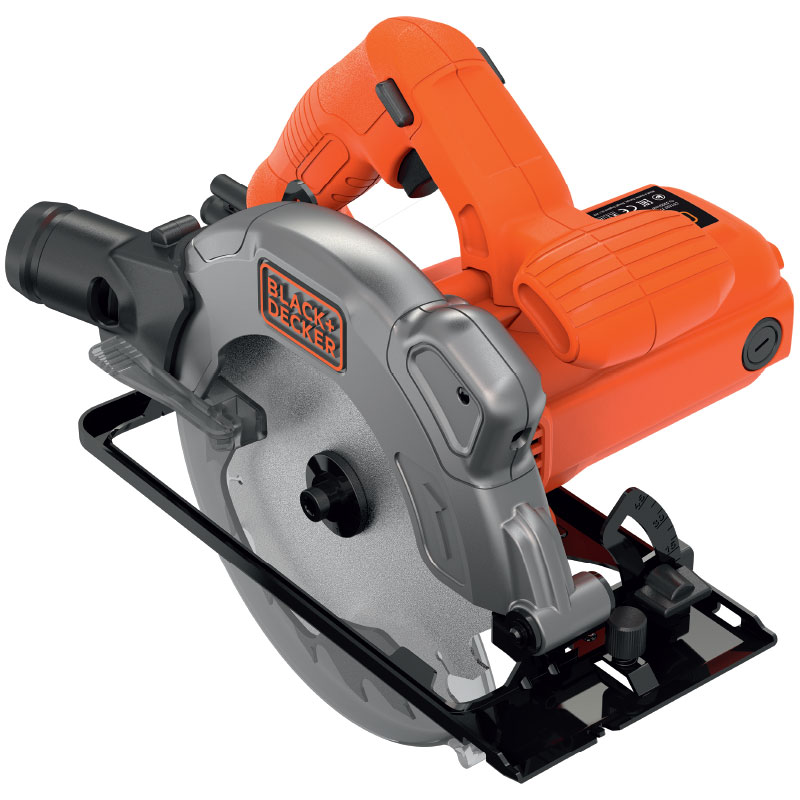
Going cordless on the other hand gives you much more freedom of movement and means you don’t have to find suitable sockets or extension leads wherever you’re working. You’ll also be able to use these tools in a wide variety of jobsites no matter what kind of power is available. In addition, if you already own other cordless tools there’s a good chance you’ll be able to get a circular saw that runs on batteries you already own. Bear in mind they tend to be quite power-hungry machines and can rapidly drain batteries (especially the smaller capacity types you might typically use with a drill) – for this reason many users will still rely on corded circular saws for heavier workloads, but if you want to maximize your productivity look for higher capacity batteries (e.g 5.0ah and above) and consider tools in higher voltage classes (e.g 36v and above) which can deliver more power than the standard 18v models.
Blade Diameter
For obvious reasons the cut capacity of a circular saw is probably going to be the most important consideration when choosing one. Ideally you’ll want something that is capable of cutting all the way through any materials you’re likely to be using, but bigger isn’t necessarily better. If you scroll through a website looking at pictures of circular saws they can all look very similar, but this definitely isn’t the case in real life! As you increase up the scale of blade diameters, the machines themselves get larger, heavier and more powerful until you reach the point where it is impractical to use them on anything but the largest timbers. At the other end of the scale, a smaller circular saw puts much less strain on the body and can be used comfortably all day, but you’ll only be able to use it on thinner materials – so you want to try and strike the right balance.
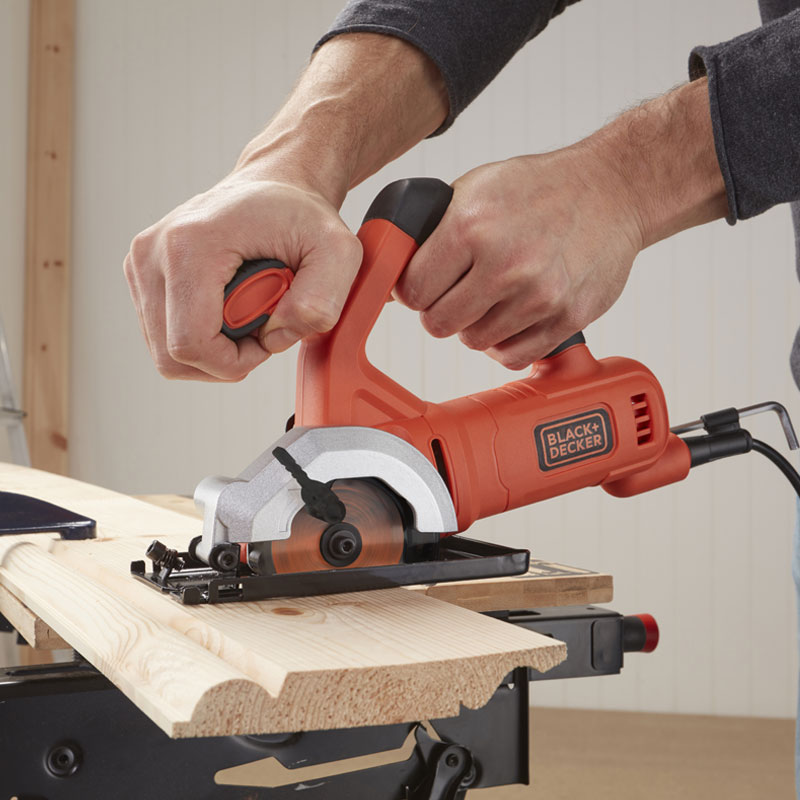
It’s also worth checking the specifications of the blade any particular machine uses, and having a quick look to see whether its a readily available size (blade diameter and bore diameter). This is especially true if you’re buying a second hand machine as it may have been designed for blades which are no longer in production, but some current models also use non-standard sizes which often tie you in to the manufacturers own blades when it comes to replacing them. Not only does this mean you’ll have a lot less choice, but you may have to pay a premium price – in fact in some cases you’ll find the replacement blade isn’t much cheaper than the saw itself. This may not be a big deal if you won’t be using the saw regularly, but if you’ll be using it for a wide variety of projects you’ll probably want to swap out the blade at some stage – either to replace it when it gets dull, or to fit something more appropriate for the task in hand.
Blade Left vs Blade Right
Something you might not think about at all until the first time you go to use the tool is whether the blade is on the left or right of the machine. Generally speaking, worm drive or rear-handle style saws, which were historically much more common in the US, have the blade on the left of the machine, while the sidewinder type which is much more prevalent in Europe usually places the blade to the right of the motor housing. There are exceptions to this though, and it is possible to get circular saws with the blade mounted on either side.
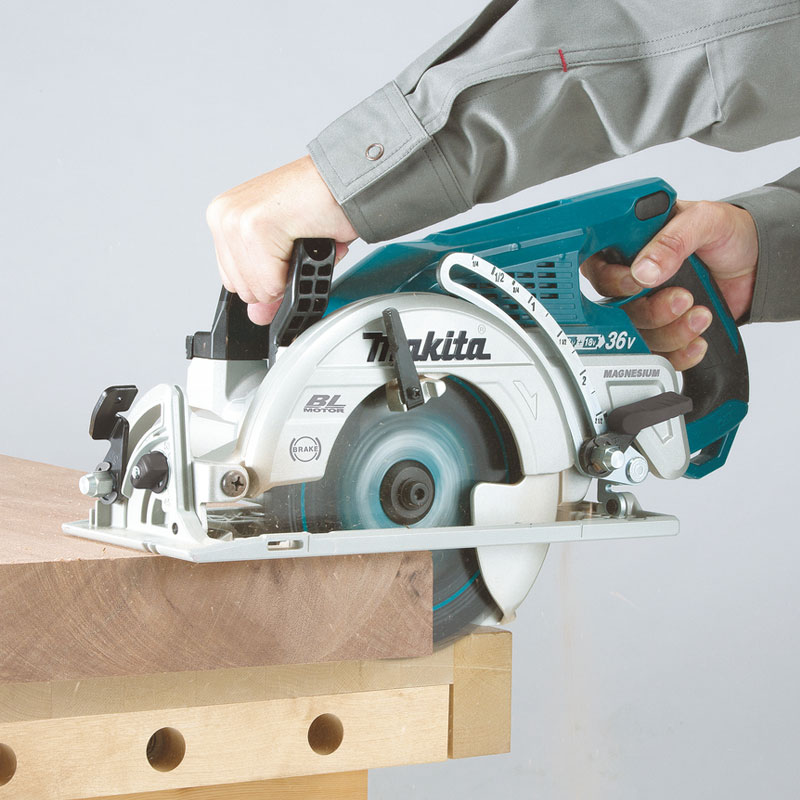
A right handed user will naturally grip the trigger with their right hand and use their left hand on the auxiliary handle. This means that on a blade right circular saw, the cutting area will be at least partly obscured by the machine itself, while on a blade left saw you’ll have a much clearer line of sight to what you’re doing. Intuitively then the blade left design makes more sense from a right handed perspective, but although a greater percentage of people are right handed, the blade right design is much more common.
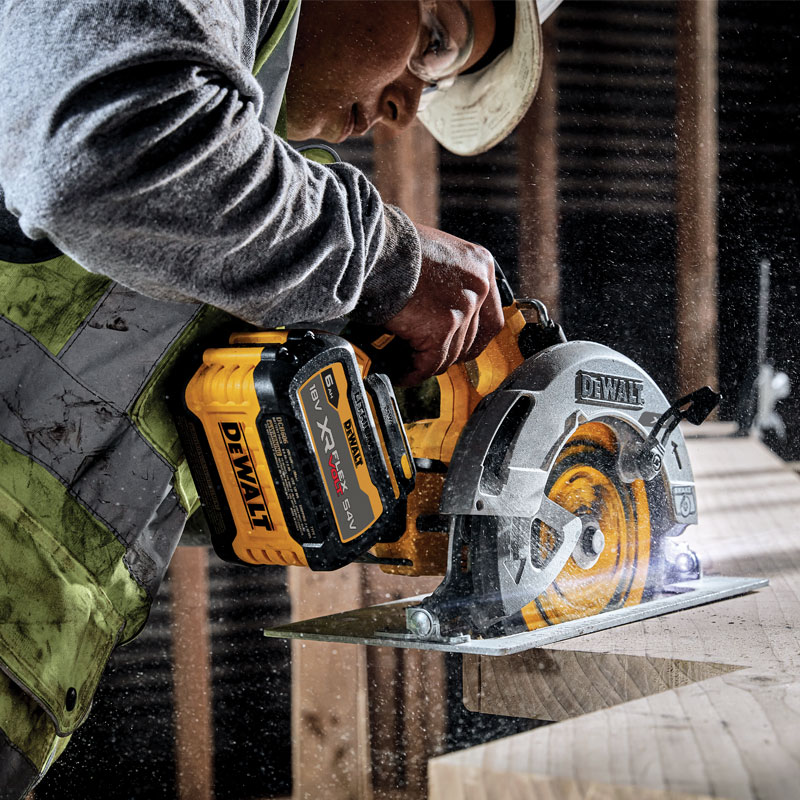
What is the reason for this? One of the main advantages to having the blade situated in what might seem like a slightly awkward position, is that its potentially safer. It makes it much less likely that you’ll place other parts of your body in line with the blade, as essentially the user is behind the saw. So you could say that a blade right machine is best for a right handed user and a blade left machine is best for a left handed user, but not everyone would agree with you. Its a subject that ignites a lot of debate as some people will argue that the opposite configuration is far superior. In reality, a lot of it probably comes down to what you learned on – If you’re used to using a particular type, it can feel very strange to switch and so many people will stick with what they know.
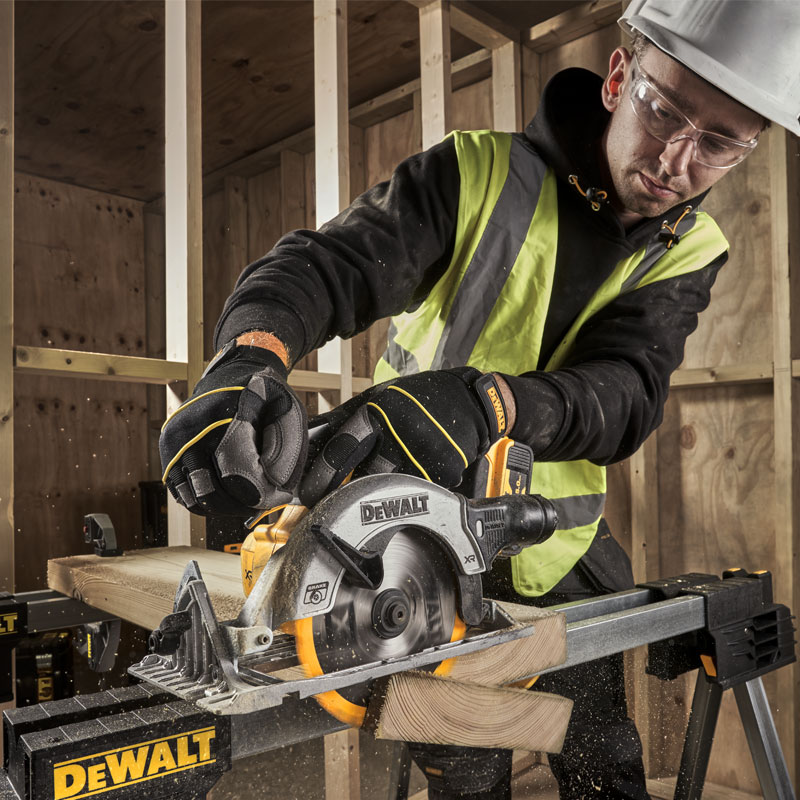
Guide Rail Compatible Circular Saws
In recent times it’s become a lot more common to see standard circular saws which have been designed to fit onto a guide rail if required. Guide rails enable you to get especially clean, accurate and precise cuts, so they are ideal when the cut quality is critical – the saw simply slots into place on the rail and then you can slide it along it, leaving a perfectly straight cut in the material. Guide rails usually have a type of grippy material running along the underside of them which means they are fairly stable by themselves, but they also have grooves for attaching clamps when you want to make absolutely sure they won’t shift out of alignment. Not all circular saws have this capability though, so make sure you choose a guide rail compatible machine if you think this is something you could make use of. We’ve recently added a filter into the circular saws category on our website so you can easily get an overview of all the standard circular saws we stock which have this feature.
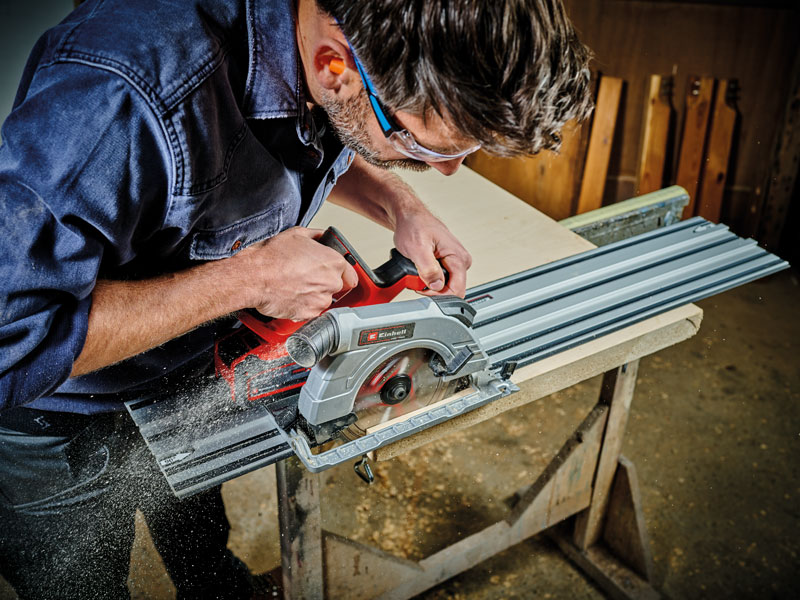
A plunge saw is a type of circular saw which is almost always used with a guide rail, and if you only intend to make guided cuts then a plunge saw may be the ideal solution. However they tend to be quite a bit more expensive, and are usually not suited to any kind of freehand cutting, making them a slightly more specialist option. We have a blog post which covers the subject of plunge saws in more detail if you’re interested.
Brushed Vs Brushless Circular Saws
If you’re an inexperienced DIYer looking at power tools for the first time, you might be a bit confused by what advantages a “brushless” circular saw has, and in fact many people who have used a circular saw every day for decades would probably be in the same boat. So what are these brushes and do you need them or not?
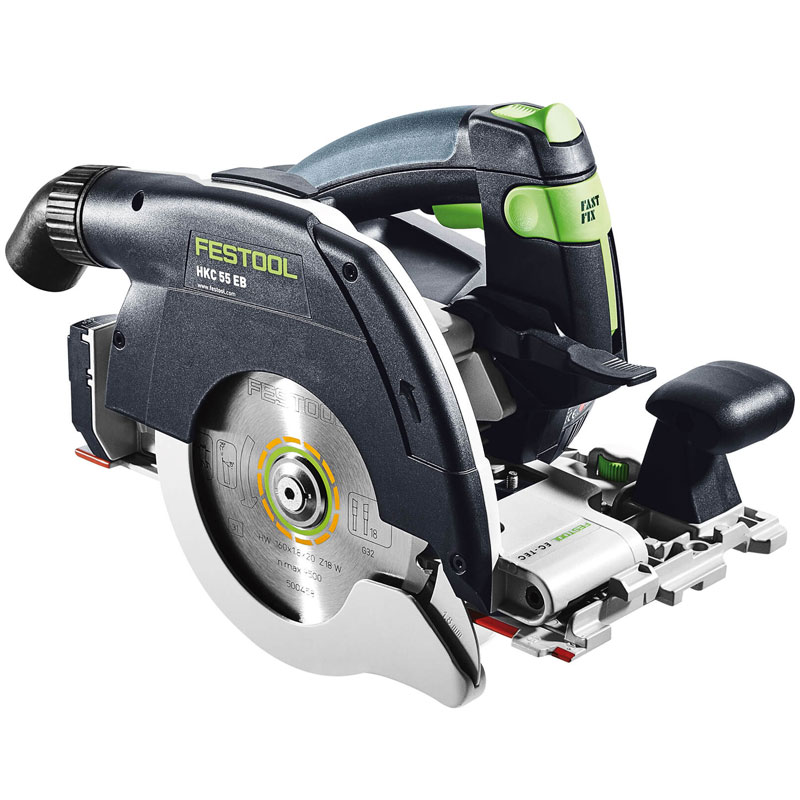
What is being referred to here is the design of the motor, and the brushes are two small blocks of carbon which have been integral to just about every single electric circular saw on the market until comparatively recently. Essentially they are a sacrificial part of the motor, and they can last a long time, but will eventually wear down to the point where machine will simply stop working unless they are replaced.
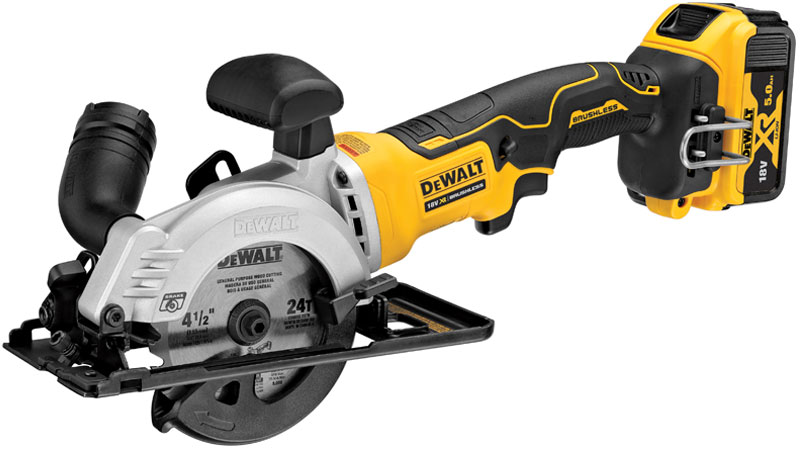
On a brushless circular saw then, you’ll never have to worry about replacing the brushes, but this is not really a significant advantage by itself, considering how long brushes can last and how cheaply they can be replaced. In fact, one of the main reasons why brushless motors are sought after in power tools, and in cordless power tools specifically, is that they are much more energy efficient.
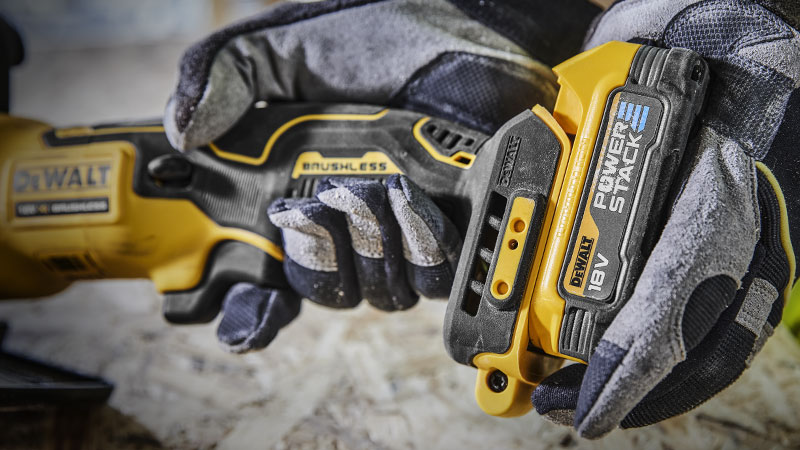
This means a brushless circular saw can drain a battery at a slower rate than a traditional brushed design, something which is especially useful if you’re working on jobsites and don’t want to have to be changing out batteries all the time. There is additional expense involved in manufacturing these motors and they’re more common in professional grade tools, but the technology is becoming more affordable and you can also find plenty of domestic/DIY grade circular saws with brushless motors too.
Dust Ports
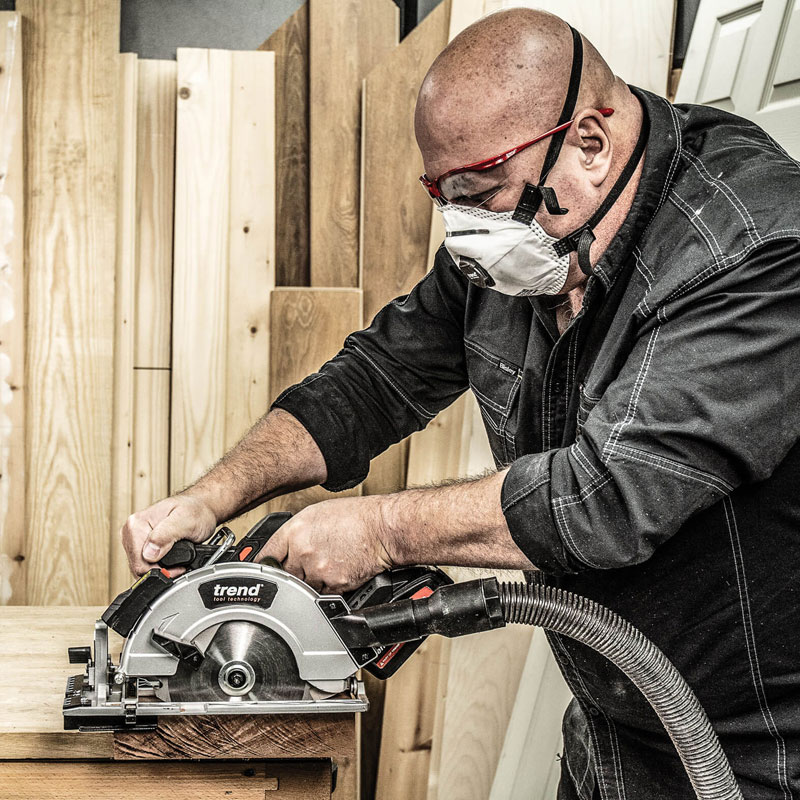
There’s no getting around the fact that any material you cut with a circular saw is going to generate a lot of airborne particles, and dust will start to get everywhere if you don’t take steps to control it. For this reason you’ll find that most circular saws have a dust port built into the blade guard, into which you can insert the hose of a vacuum cleaner or dust extractor – this enables the dust to be sucked straight out of the work area as it is generated, with varying degrees of success. Plunge saws tend to be superior in this regard as they usually have enclosed guards which trap the majority of the dust, while the semi-open design of a standard circular saw generally allows some of it to escape into the surrounding area. For user-friendly convenience you could look for a swivelling dust port which enables you to easily angle the hose out of the way while you’re working, or to simply direct the sawdust in the appropriate direction if you’re not connected to a hose. Bear in mind that the smaller circular saws often don’t have any kind of dust port built into them, although due to the smaller blade diameter there will hopefully be less to contend with.
Rip Fences
A rip fence is a bit like a guide rail in that it helps you get straight cuts, but it is a lot cheaper and smaller, and you’ll often find one bundled inside the case when you buy a new circular saw. Although not much of a substitute for a guide rail in terms of precision or versatility, a rip fence enables you to run the tool along the existing edge of whatever you’re cutting to get more consistent results, and due to their small size they are extremely portable and convenient to use. Although many circular saws feature a slot in the baseplate which is designed to accommodate a rip fence, they are not always supplied with one included so it’s worth checking if this is something you think you’ll need.
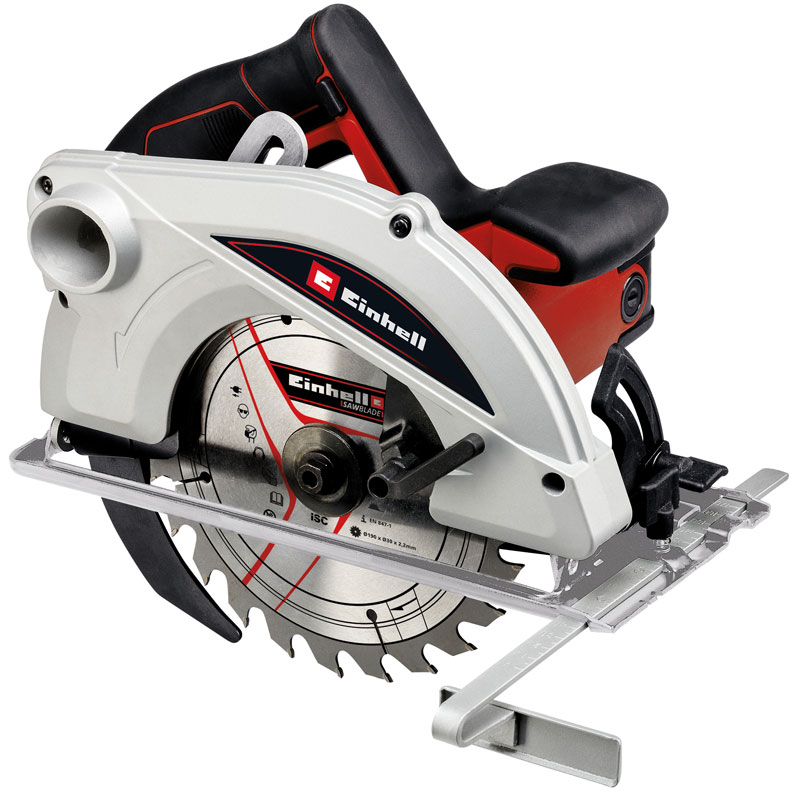
Circular Saw Safety
It goes without saying that circular saws can be dangerous machines, especially if they are operated without a proper understanding of how to use them safely. For this reason it is extremely important to thoroughly read the manual if you’ve just bought a circular saw – there are a few hazards to be aware of which may not be immediately obvious to first time users so make sure you’ve brushed up on correct operating procedure before you switch the tool on for the first time. As well as this, you may need to also pick yourself up some appropriate PPE. Eye protection is an essential with all circular saws and most are loud enough to need ear protection too but also take the time to ascertain whether you need suitable respiratory protection for any of the materials you intend to cut.
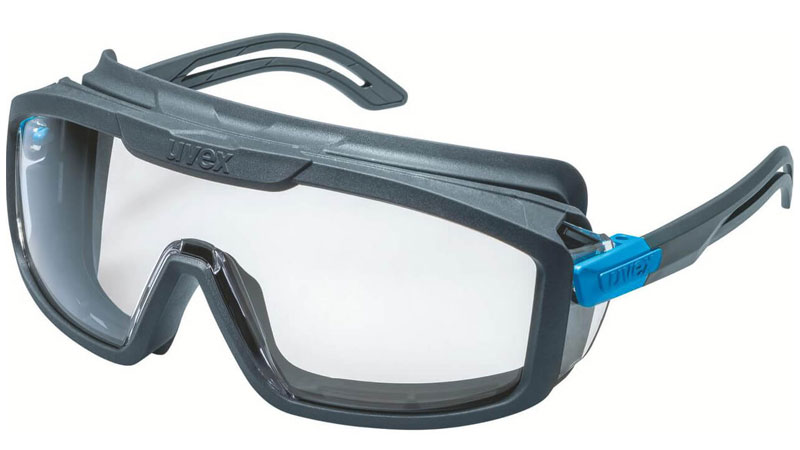
To limit the amount of airborne dust being generated, it’s also a good idea to connect the saw up to a suitable dust extractor or vacuum cleaner whenever possible. You don’t really want to breathing in any kind of dust if you can help it, but bear in mind that some materials are worse than others – for example, certain species of wood as well as processed wood-based materials like MDF and plywood. You should be especially careful when renovating properties as it was common to use asbestos in many building materials up until fairly recently, and this should only be worked on by trained specialists, but you can also encounter other hazardous substances like lead-based paint. So make sure to ascertain whether there is any health risk before embarking on any new project, and ensure you’re equipped with the appropriate PPE first.
Categories mentioned in this article:
